CARING WITH FAMILY
|
| The level of affection a German Pinscher demonstrates towards family members and familiar individuals may vary from one dog to another as it can be influenced by both genetics and individual temperament. Generally speaking German Pinschers have a reputation for forming strong bonds with their owners and displaying loyalty towards them. They tend to be affectionate and loving towards their immediate family members |
LOVE WITH CHILDREN
Unwise
Good With Children
|
| The general friendliness of German Pinschers towards other dogs can vary depending on the individual dog's socialization, training, and temperament. While some German Pinschers can be naturally sociable and get along well with other dogs others may have a more independent or dominant nature, leading to potential conflicts or cautiousness when interacting with unfamiliar dogs. It is important to always supervise interactions and introductions between dogs, regardless of the breed. Proper socialization, positive experiences, and gradual introductions can help promote positive interactions and improve a German Pinscher's ability to get along with other dogs both in a home environment and in public settings. |
BEHAVIOR WITH DOGS
Unwise
Good With Other Dogs
|
| The general friendliness of German Pinschers towards other dogs can vary depending on the individual dog's socialization, training, and temperament. While some German Pinschers can be naturally sociable and get along well with other dogs others may have a more independent or dominant nature leading to potential conflicts or cautiousness when interacting with unfamiliar dogs. It is important to always supervise interactions and introductions between dogs regardless of the breed. Proper socialization, positive experiences and gradual introductions can help promote positive interactions and improve a German Pinscher's ability to get along with other dogs both in a home environment and in public settings. |
SHEDDING LEVELS & MANAGEMENT
No Shedding
Hair Everywhere
|
| The German Pinscher has a short, dense coat that typically does not shed excessively. While all dogs naturally shed some hair, the German Pinscher's shedding is considered moderate. This means that compared to breeds with high shedding they are less likely to leave a significant amount of fur behind. Regular grooming such as brushing, can help minimize loose hair and keep the coat in good condition. |
COAT GROOMING STANDARDS
|
| The German Pinscher has a relatively low-maintenance coat that generally requires minimal grooming. They have a short, dense coat that does not require frequent bathing. In fact, excessive bathing can strip their coat of natural oils leading to dry skin. As a result bathing is typically only necessary when the dog becomes visibly dirty or emits an unpleasant odor. On average, bathing once every few months or as needed should suffice. |
DROOLING INTENSITY
Less Likely to Drool
Always Have a Towel
|
| The German Pinscher is not known for being a particularly drool-prone breed. While all dogs produce some amount of saliva German Pinschers generally do not have excessive drooling tendencies. They are not typically prone to leaving ropes of slobber on your arm or creating big wet spots on your clothes. If you have concerns about dealing with excessive drool and prefer a neater environment the German Pinscher could be a suitable choice, as they tend to be more moderate in terms of drooling compared to some other breeds. |
COAT STYLES GUIDE |
| Smooth |
| COAT SPECTRUM |
| Short |
FRIENDLINESS
Reserved
Everyone Is My Best Friend
|
| The German Pinscher typically exhibits a natural instinct to be cautious or reserved when encountering strangers. While they are usually loyal and affectionate with their own family members German Pinschers may require some time and proper introductions to warm up to unfamiliar individuals. They tend to be vigilant watchdogs and are discerning when it comes to unknown people. |
LIVELINESS
Only When You Want To Play
Non-Stop
|
| The German Pinscher tends to maintain a playful demeanor even beyond puppyhood and well into adulthood. They often possess a high energy level and enjoy engaging in various play activities. While individual preferences may differ many German Pinschers exhibit enthusiasm for interactive games like tug-of-war or games of fetch. Their intelligence and drive make them eager to partake in mentally stimulating games and physical activities. |
VIGILANCE INTENSITY
What's Mine Is Yours
Vigilant
|
| The German Pinscher is known for its alertness and tendency to be a reliable watchdog. They have a natural instinct to be aware of their surroundings and are likely to react if they sense any potential threat or unfamiliar presence whether it's a mailman or a squirrel outside the window. They are typically quick to notice and alert their owners to the presence of strangers or any unusual activity. |
ADAPTATION CAPACITY
Lives For Routine
Highly Adaptable
|
| The German Pinscher is generally adaptable and can handle moderate changes in living conditions, noise levels, weather, and daily schedules. They are known for being versatile and able to adjust to different environments, as long as their basic needs are met. That said, it is important to note that individual dogs may have varying levels of tolerance or adjustment to change. Some German Pinschers may handle change with ease, while others may require more time and patience to settle into new situations. Providing a stable routine and gradual introductions to changes can help ease any potential stress or anxiety. |
OBEDIENCE LEVEL
Self-Willed
Eager to Please
|
| The German Pinscher is generally an intelligent and trainable breed with a willingness to learn new things. They are known for their alertness, quick thinking and capacity for problem-solving. Combined with their natural obedience and loyalty German Pinschers can be responsive to training and enjoy the opportunity to please their owners. |
STAMINA LEVEL
|
| The German Pinscher is a breed that generally requires a moderate to high level of both physical exercise and mental stimulation. They have a good amount of energy and an active nature, which means they enjoy engaging in various activities throughout the day. To keep a German Pinscher satisfied, it is important to provide them with regular opportunities for exercise. This can include daily walks, jogging interactive play sessions or participation in dog sports such as agility or obedience training. They enjoy having a job to do and thrive when given mental challenges in addition to physical exercise. |
VOCALIZATION
|
| Medium |
LEARNING CURIOSITY LEVEL
Happy to Lounge
Needs a Job or Activity
|
| The German Pinscher is a breed that requires a good amount of mental stimulation to stay happy and healthy. They are intelligent dogs that thrive on mental challenges and problem-solving activities. Without sufficient mental stimulation, they may become bored or restless, which can lead to behavioral issues. To keep a German Pinscher engaged and mentally stimulated it is important to provide them with activities that require decision-making, problem-solving, and concentration. This can include training sessions, interactive puzzle toys, scent work, obedience exercises or participating in dog sports such as agility or rally. |
| COLORS |
|
Description
|
Registration Code
|
|
Liver
|
123
|
|
Liver & White
|
125
|
|
Liver Roan
|
126
|
|
White & Liver
|
212
|
|
Black & White
|
019
|
|
Black
|
007
|
|
Black Roan
|
497
|
|
| PATTERNS |
|
Description
|
Registration Code
|
|
Patched
|
045
|
|
Ticked
|
013
|
|
Patched & Ticked
|
068
|
|



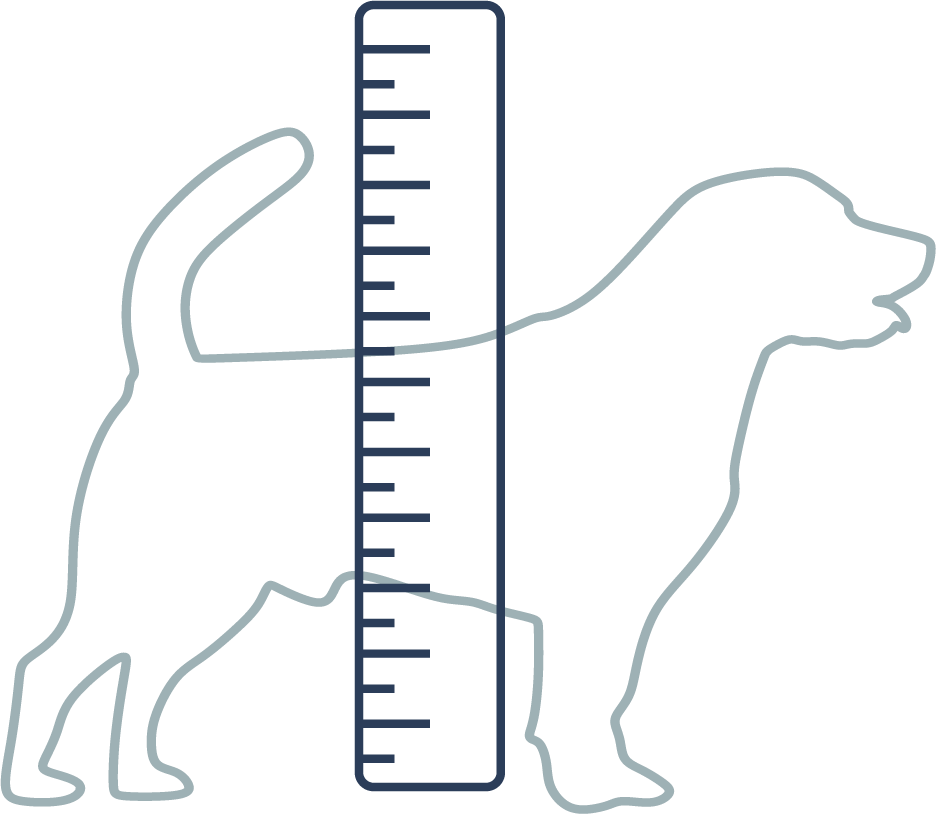
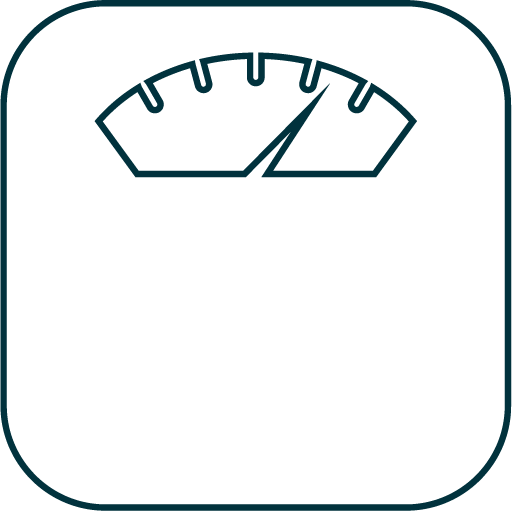

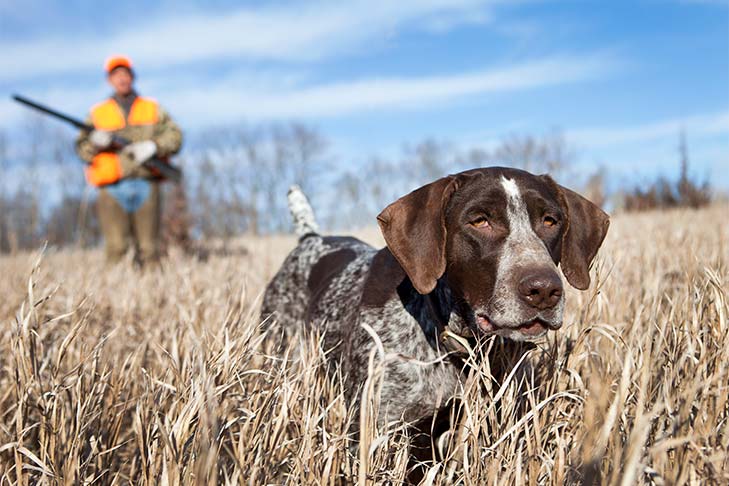
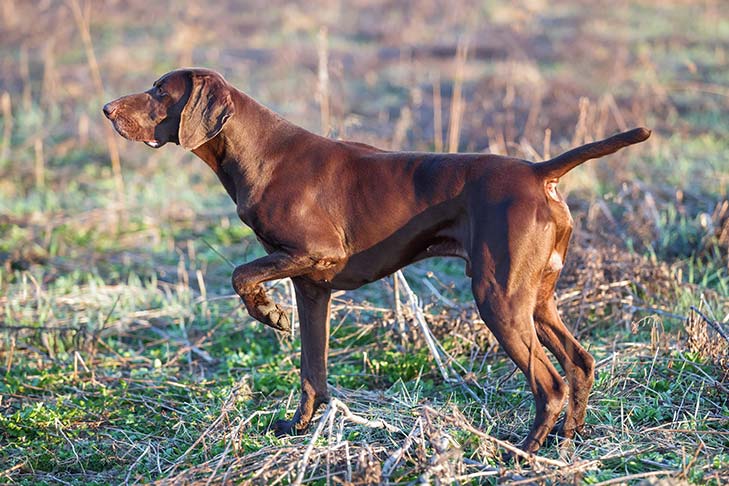
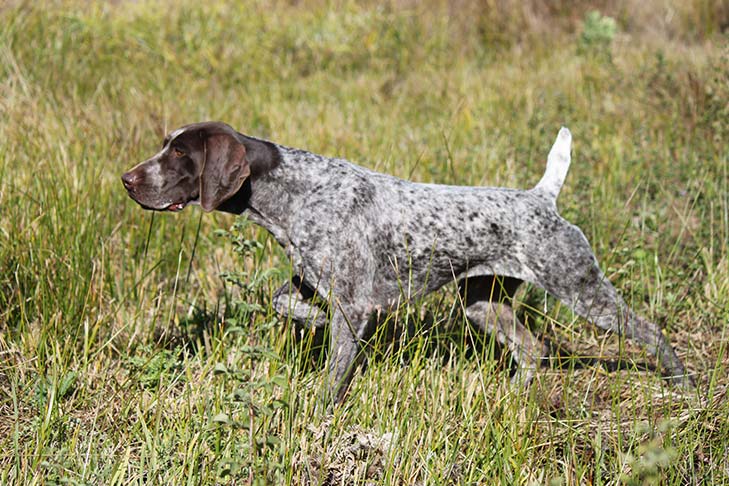
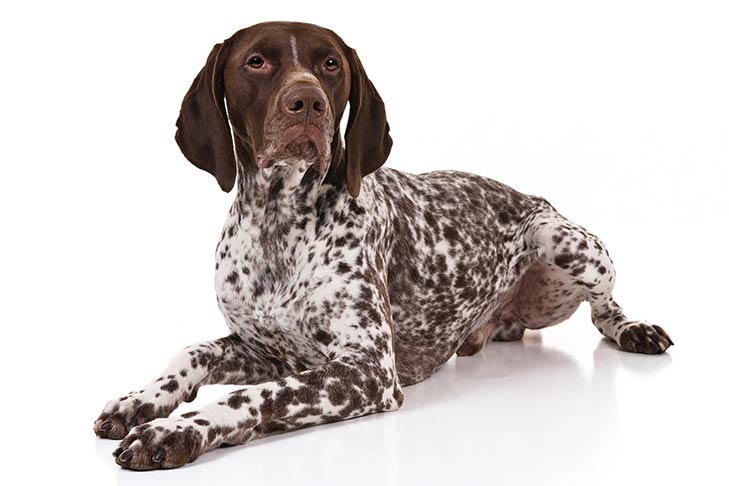






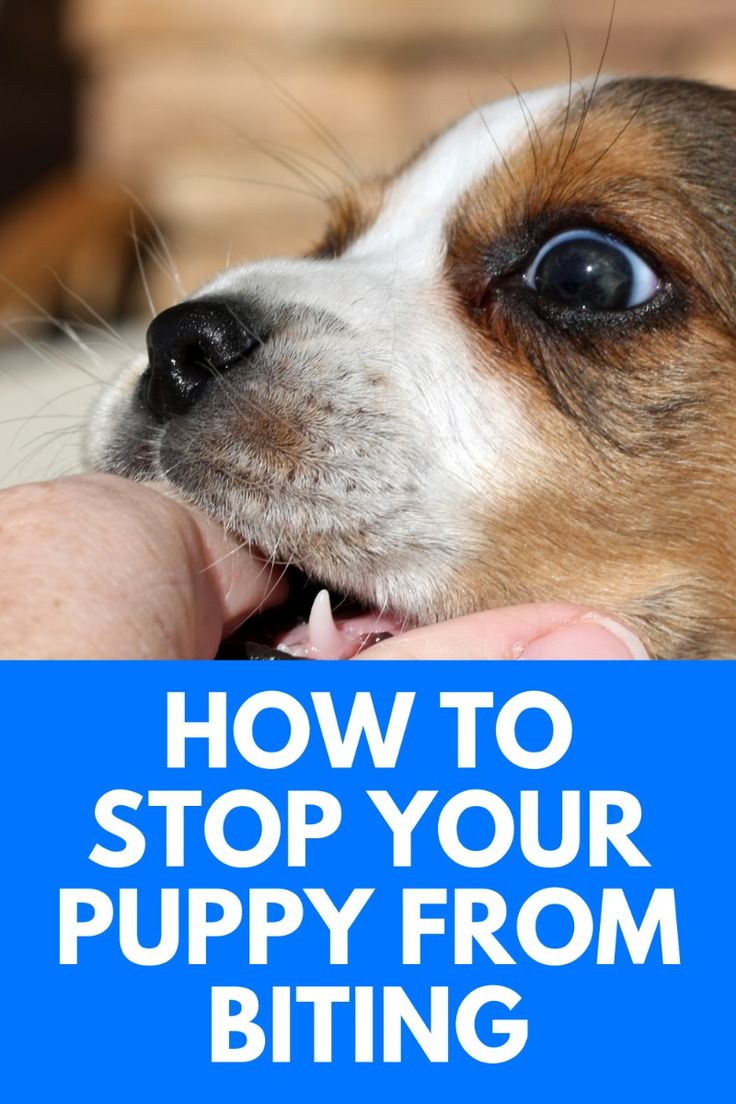


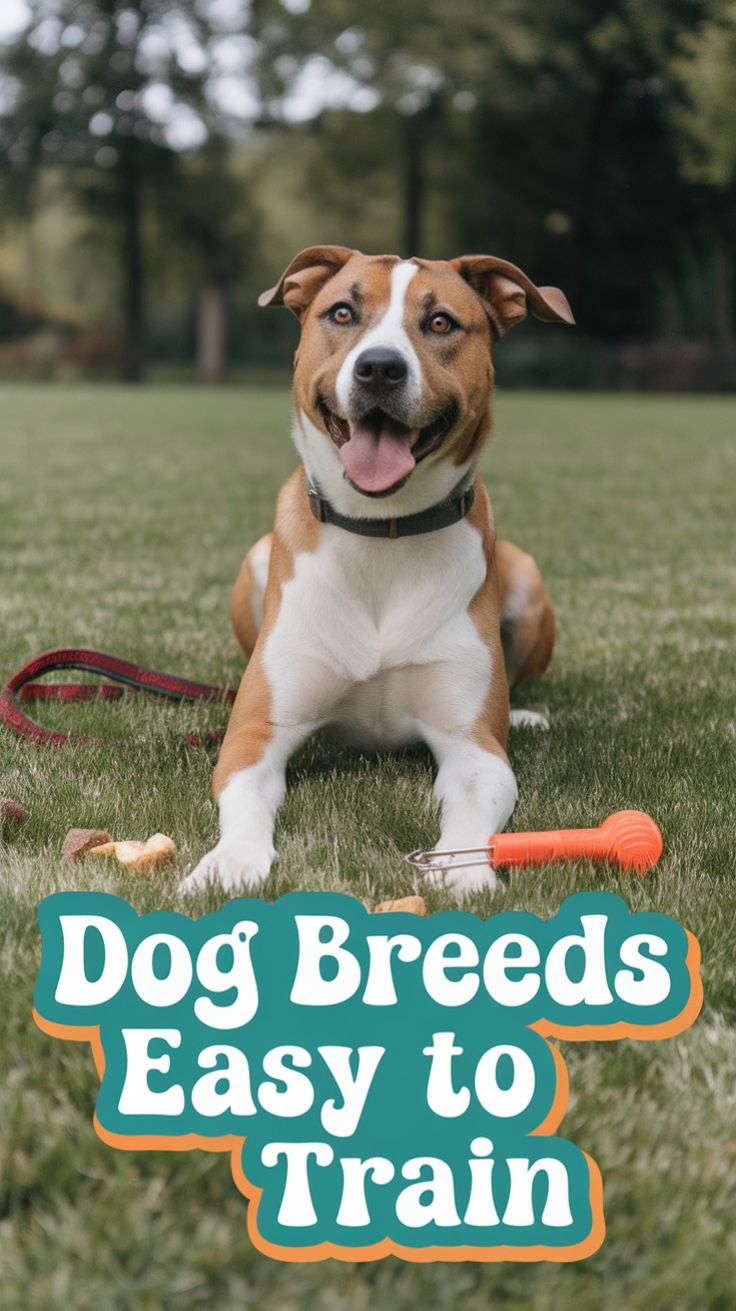
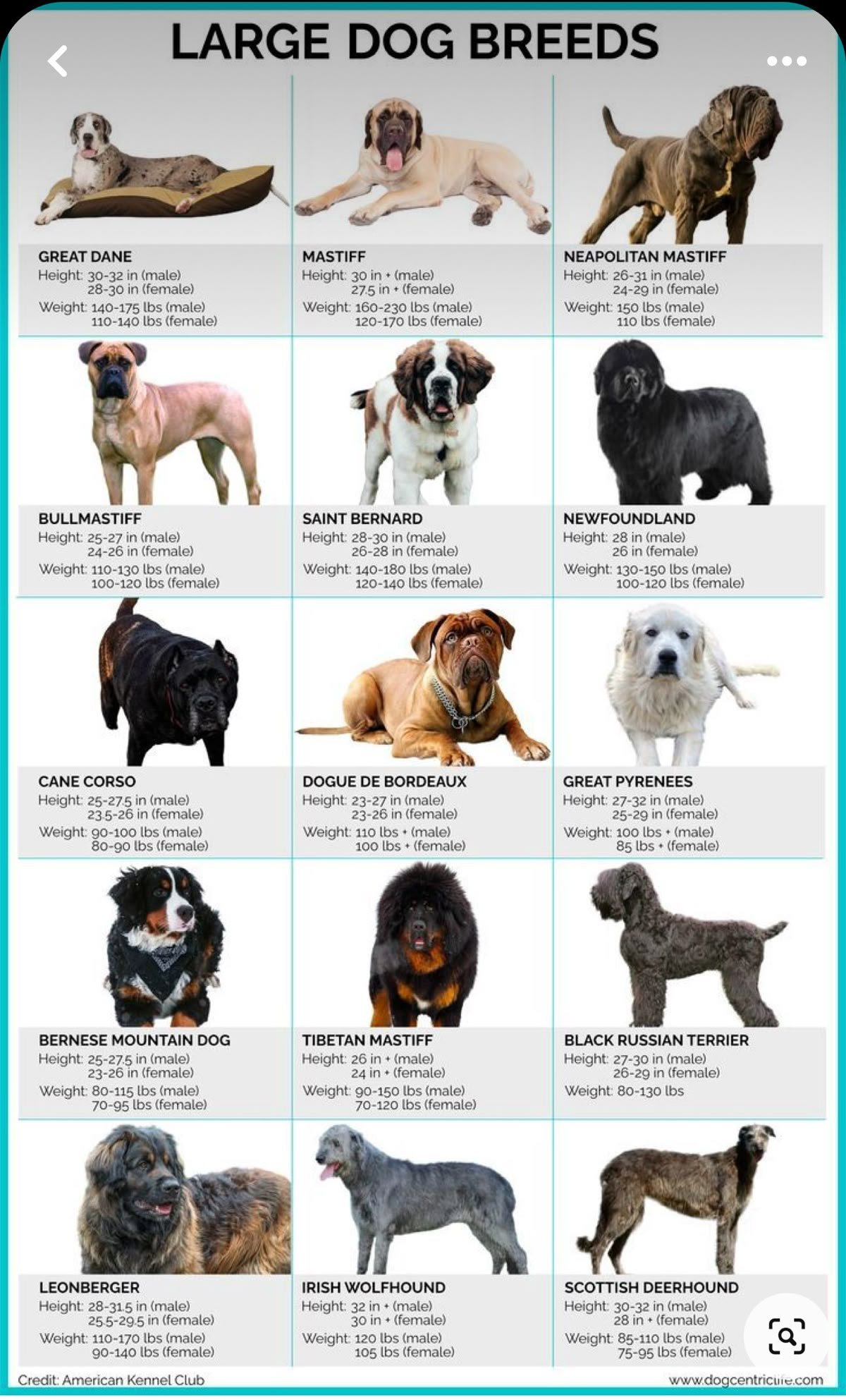






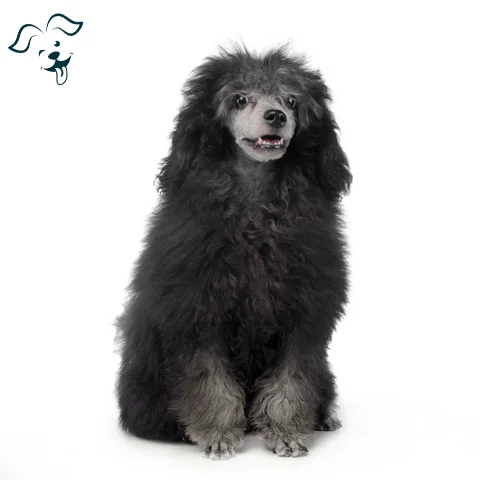


FRIENDLINESS
LIVELINESS
VIGILANCE INTENSITY
ADAPTATION CAPACITY